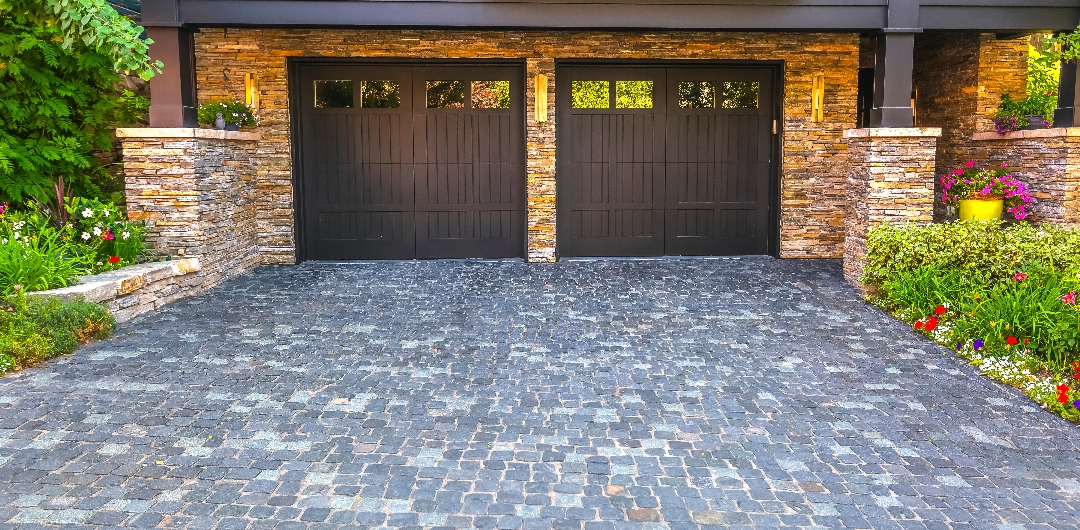Driveways play a crucial role in the overall aesthetics and functionality of a home. With technological advancements, designing and installing driveways have become more efficient, durable, and aesthetically pleasing. This article explores the latest technologies transforming driveway design, from initial planning to the final installation.
Technological Innovations in Driveway Design
Modern 3D design software allows homeowners and designers to visualise driveway designs before construction begins. Programs like SketchUp and AutoCAD provide detailed, realistic models that help in planning the layout, materials, and overall look of the driveway. These tools enable the simulation of different materials and patterns, ensuring the chosen design complements the home’s architecture and landscape.
Augmented reality (AR) technology takes driveway design to the next level by allowing users to superimpose digital designs onto real-world settings. Homeowners can use AR apps on their smartphones or tablets to see how different driveway designs will look in their actual space. This technology aids in making more informed decisions, reducing the chances of costly mistakes and ensuring satisfaction with the final design.
Geospatial analysis and GPS technology play a vital role in surveying and mapping the area for driveway installation. Accurate measurements and assessments ensure optimal placement and alignment, accounting for terrain variations and property boundaries. These technologies help in creating precise plans that minimise material wastage and optimise the use of available space.
Innovations in Driveway Materials
Environmental concerns have led to the development of permeable pavement options that allow water to pass through, reducing runoff and promoting groundwater recharge. Materials such as porous asphalt, permeable concrete, and interlocking pavers are gaining popularity. These materials not only improve sustainability but also reduce the risk of flooding and waterlogging, extending the lifespan of the driveway.
The use of recycled materials in driveway construction is an eco-friendly trend. Recycled concrete, asphalt, and rubber can be used to create durable driveways while reducing the environmental impact. Additionally, innovations in bio-based materials, such as bio-asphalt, are emerging, offering sustainable alternatives to traditional materials.
Modern sealants and coatings enhance the durability and longevity of driveways. These products provide protection against weather elements, UV rays, and chemical spills, preventing cracks and surface deterioration. Some advanced coatings also offer aesthetic benefits, such as colour enhancement and gloss, giving driveways a polished and attractive finish.
Technological Improvements in Installation Techniques
The use of automated machinery and robotic systems in driveway installation has revolutionised the process. Automated pavers and robotic arms can lay materials with precision, speed, and consistency, reducing labour costs and installation time. These technologies also improve safety by minimising the need for manual labour in hazardous conditions.
Laser-guided equipment ensures accurate grading and levelling of the driveway base. This technology uses laser signals to guide machinery, achieving precise slope and elevation, which are critical for proper drainage and stability. The result is a smoother, more even surface that enhances the driveway’s structural integrity and aesthetic appeal.
Post-installation, smart technologies can monitor the condition of driveways and predict maintenance needs. Sensors embedded in the driveway can detect cracks, shifts, and other issues, alerting homeowners to potential problems before they become significant. These systems enable proactive maintenance, extending the driveway’s lifespan and reducing repair costs.
Bringing Durability and Sustainability
Technological advancements are transforming the way driveways are designed and installed. From sophisticated design software and AR to eco-friendly materials and automated installation techniques, these innovations are making driveways more durable, sustainable, and visually appealing. As technology continues to evolve, we can expect even more exciting developments in the field of driveway design and installation, enhancing both functionality and aesthetics.
